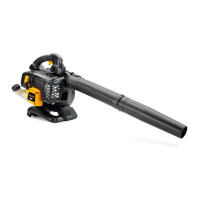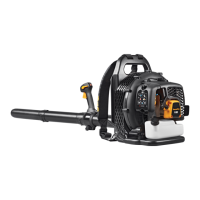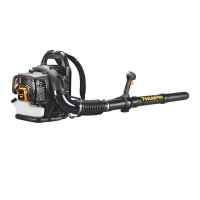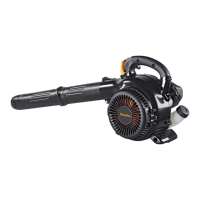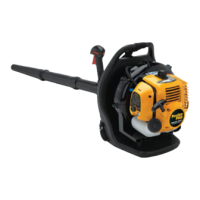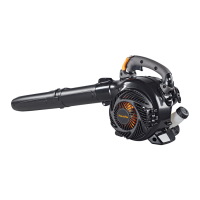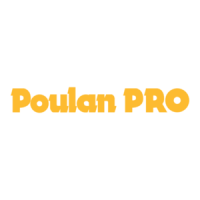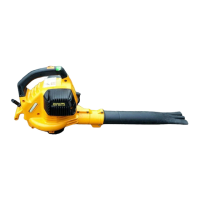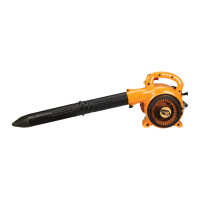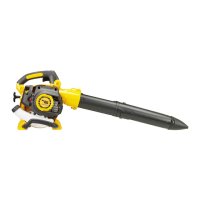Why won't my Poulan Pro PRB 26 Blower start?
- MMichael HansenJul 28, 2025
There are several reasons why your Poulan Pro Blower might not start: * The engine could be flooded. Refer to the “Difficult Starting” section in the Operation section. * The fuel tank might be empty; refill it with the correct fuel mixture. * The spark plug might not be firing; install a new spark plug. * Fuel may not be reaching the carburetor; check for a dirty fuel filter and replace it if necessary, or inspect the fuel line for kinks or splits and repair or replace it. * Low compression could also be the issue. In this case, contact an authorized service dealer.
